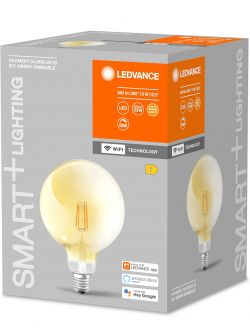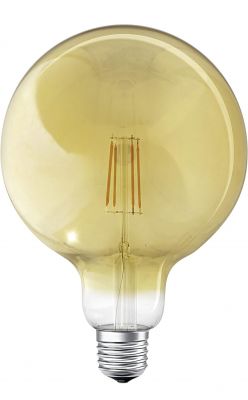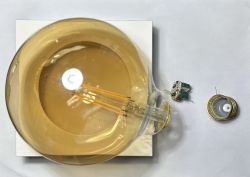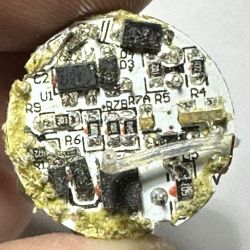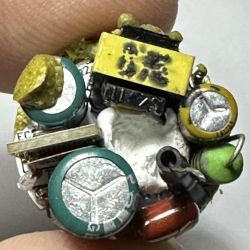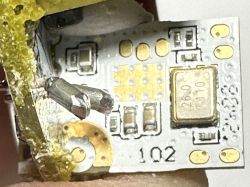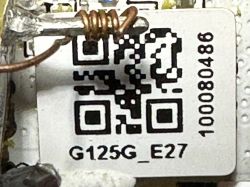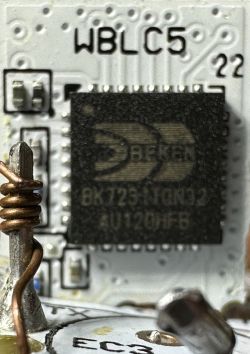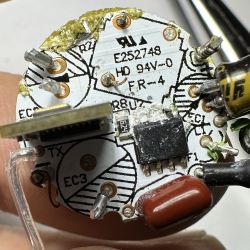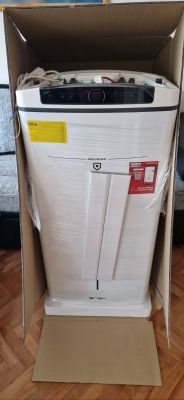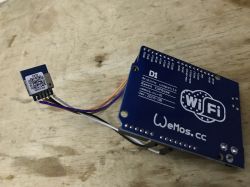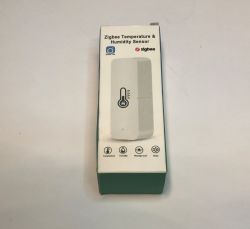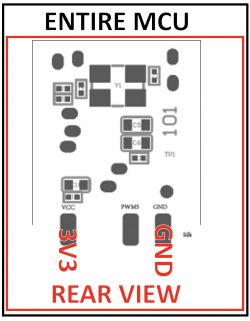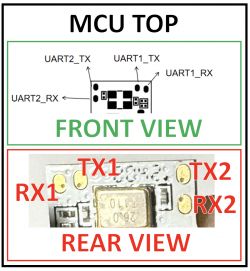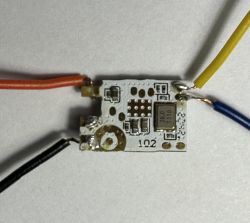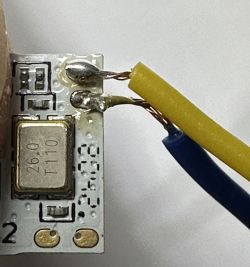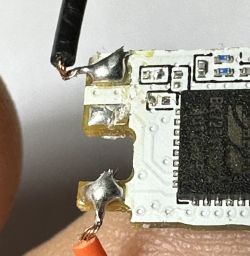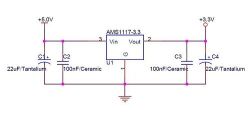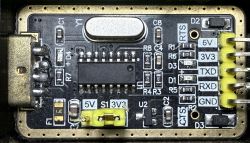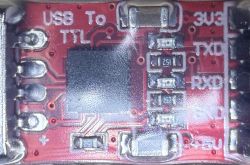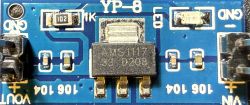Okay, so now that I'm back, I'm going to clear up my two open posts. I've already successfully got the door and window sensor working (complete and corrected instructions will follow soon) and now I'd like to free this light bulb from the cloud using CloudCutter.
I've now dismantled a second one and soldered it cleanly again, but I still couldn't establish a connection for a firmware backup.
😭
Now I've come across
this post about a similar bulb that also uses the WBLC5 MCU. This post confirms my setup and PIN selection, but the author writes about the same difficulties I'm having:
Quote: I tried to do it so many times that the TX pad from the module's PCB broke off from various attempts.
However, he goes on to say that he was able to find a solution with a tip from you,
@p.kaczmarek2:
Quote: Help came from @p.kaczmarek2 (Thx!) . He suggested to try to upload at a higher speed than 115000 and use a 100pF capacitor between 3.3V and GND at the output of the voltage stabilizer. I
Could you please explain to me in simple terms exactly where I need to attach the 100pF capacitor to establish the connection?
Where do I find the voltage stabilizer and its output?
Or is there perhaps a purchase recommendation for a UART-to-USB converter that already contains such a capacitor?
